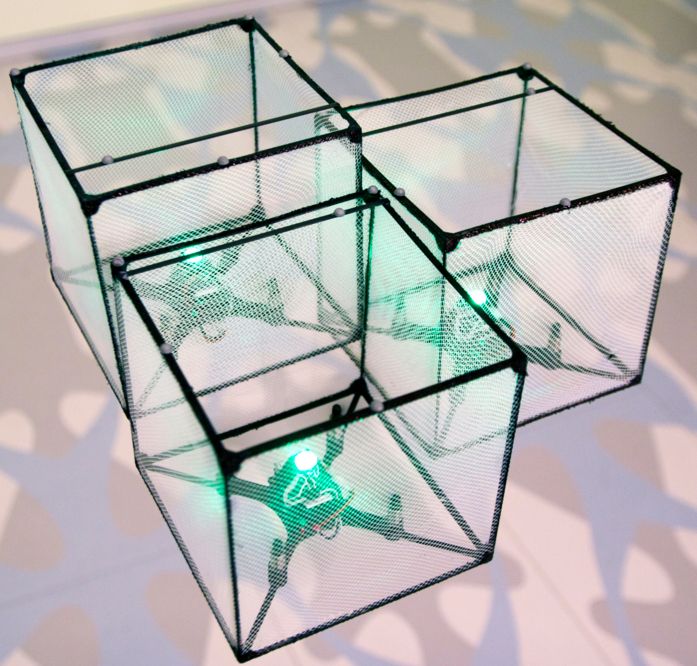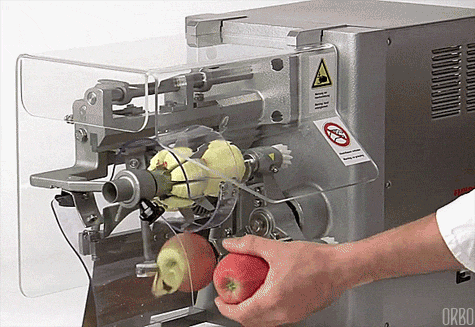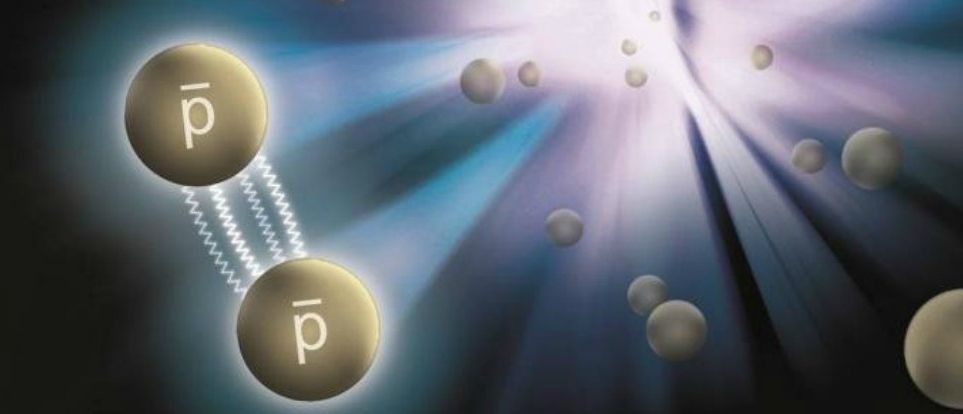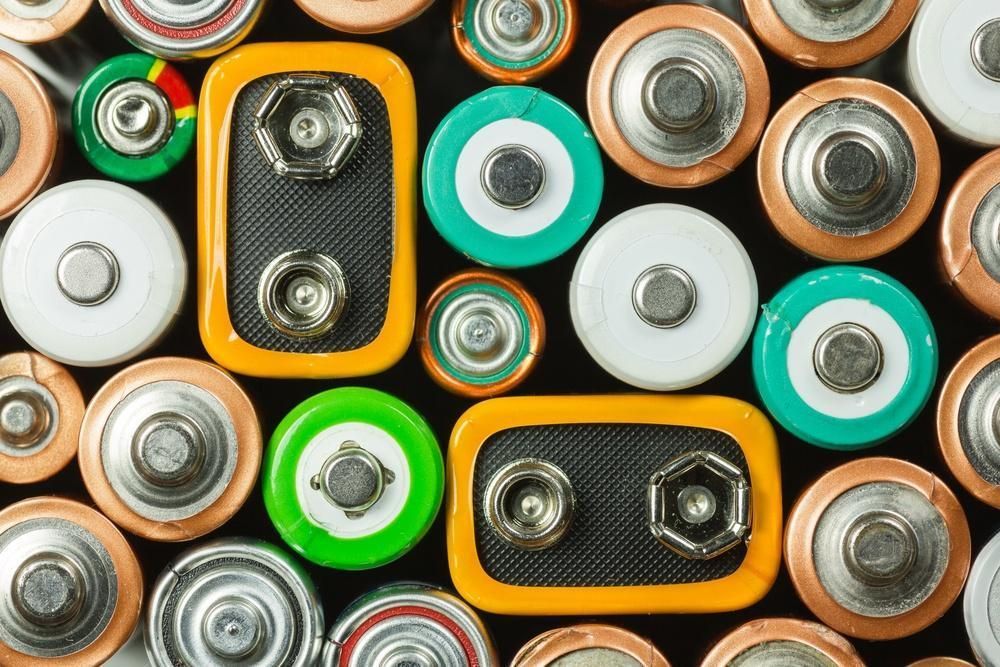Nov 7, 2015
Bitdrones: Interactive quadcopters allow for ‘programmable matter’ explorations
Posted by Andreas Matt in categories: biotech/medical, materials, robotics/AI
Could an interactive swarm of flying “3D pixels” (voxels) allow users to explore virtual 3D information by interacting with physical self-levitating building blocks? (credit: Roel Vertegaal)
We’ll find out Monday, Nov. 9, when Canadian Queen’s University’s Human Media Lab professor Roel Vertegaal and his students will unleash their “BitDrones” at the ACM Symposium on User Interface Software and Technology in Charlotte, North Carolina.
Continue reading “Bitdrones: Interactive quadcopters allow for ‘programmable matter’ explorations” »














